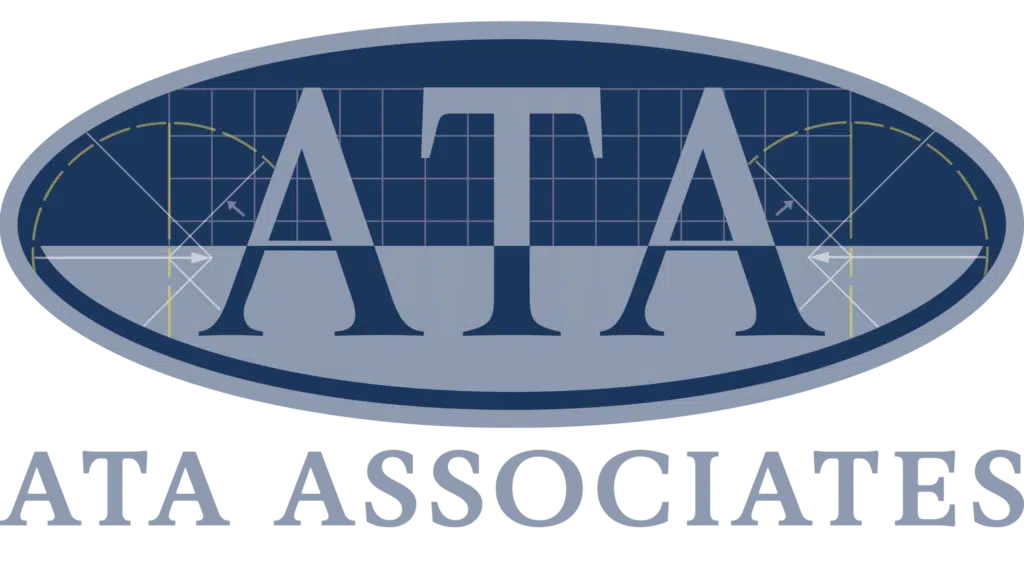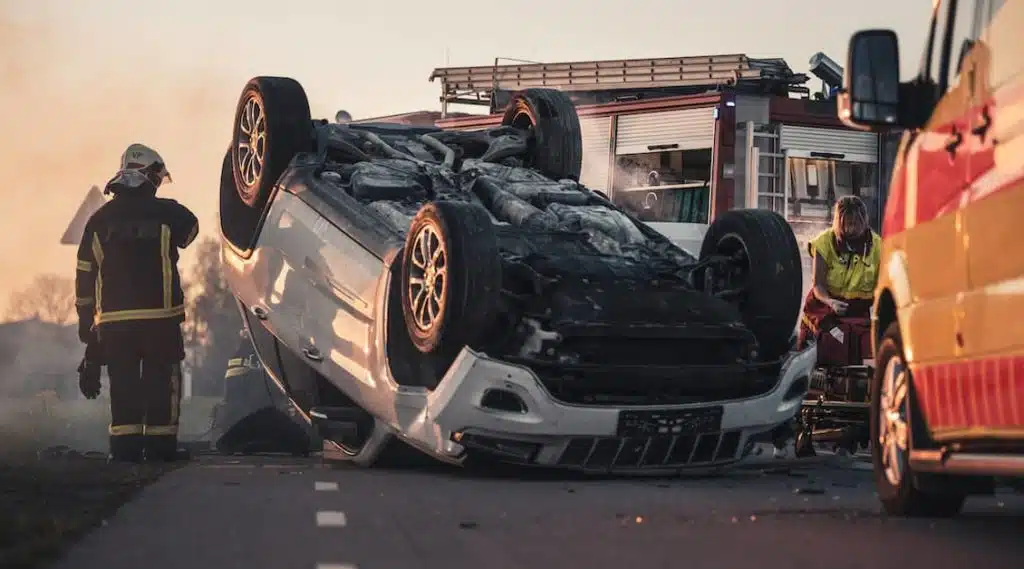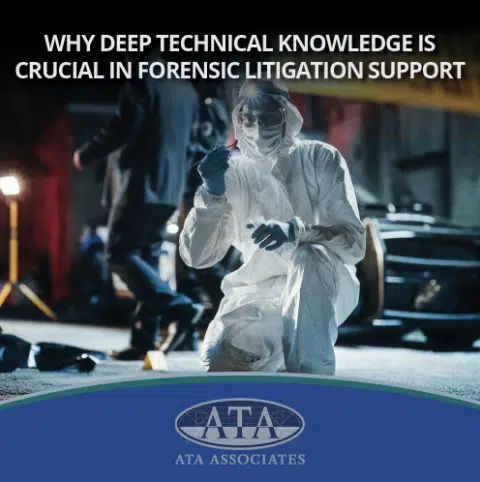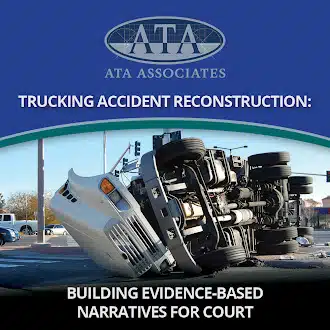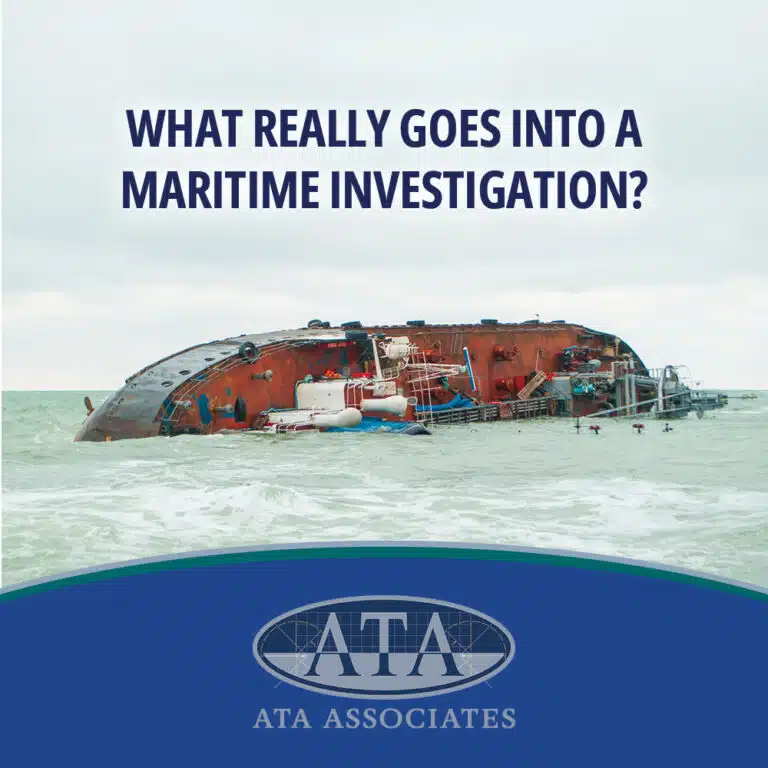Accident reconstruction is a critical component in understanding the causes and dynamics of collisions. By leveraging cutting-edge technology and specialized tools, forensic experts can analyze accident scenes with high precision, providing valuable insights for attorneys, insurance companies, and corporations. ATA Associates utilizes a variety of advanced tools to ensure accurate reconstructions. Below are some of the top tools and technologies used in accident investigation:
1. Laser Scanning (LiDAR) – FARO Scanners
Laser scanning technology, such as FARO scanners, allows investigators to create highly detailed 3D models of accident scenes. LiDAR captures millions of data points per second, producing accurate reconstructions that help analyze vehicle damage, road conditions, and environmental factors. The ability to digitally preserve an accident site ensures that crucial details can be examined long after physical evidence has been cleared.
2. Crash Data Retrieval (CDR) Tools
CDR tools extract vital information from a vehicle’s Event Data Recorder (EDR), commonly known as the “black box.” These tools provide critical insights, such as vehicle speed, braking data, steering input, and crash severity, aiding in accident analysis. This data can often be the determining factor in liability assessments and legal proceedings.
3. Accident Reconstruction Software
Crash Dynamics simulation tools are used to analyze vehicle dynamics before, during, and after a collision. This software helps experts model crash scenarios, reconstruct impact angles, and validate findings with physics-based calculations. The ability to simulate different crash scenarios allows for in-depth evaluations of potential contributing factors.
4. Drones
Drones provide aerial imagery and video of accident scenes, offering a comprehensive view that may be difficult to obtain from ground level. Drones can capture high-resolution images, aiding in mapping and documentation for reconstructions. Drones also enhance site safety by reducing the need for investigators to navigate potentially hazardous environments.
5. GPS Data
GPS data tracks vehicle movement before, during, and after an accident. These devices help determine speed, location, and braking patterns, providing essential data for accident reconstructions. When combined with other data sources, GPS tracking enhances the accuracy of vehicle trajectory history analysis.
6. Photogrammetry Software
Photogrammetry software converts photographs into precise 3D models. This tool allows investigators to measure distances, analyze impact forces, and assess the spatial relationships of objects at the scene. By turning ordinary photographs into forensic evidence, photogrammetry improves documentation quality and accuracy.
7. Instrumentation Test Equipment
Crash test sensors measure dynamic characteristics during crash testing and accident reconstructions. These tools provide crucial data on the crash dynamics, helping determine the severity of a collision and vehicle structural integrity. Understanding the forces involved in an accident can be vital in product liability cases and vehicle safety assessments.
8. Video Analysis Tools
Video footage from dashcams, surveillance cameras, or witness recordings can be analyzed using investigation software. This tool enhances video clarity, stabilizes footage, and extracts critical details, helping reconstruct events leading up to a crash. Advanced video analysis can also detect subtle details, such as brake light activation, which might otherwise go unnoticed.
Advancing Accident Reconstruction with Cutting-Edge Technology
By utilizing these advanced tools and technologies, ATA Associates provides comprehensive accident investigations. High-precision data collection combined with expert analysis allows us to provide invaluable insights that help attorneys, insurers, and corporations make informed decisions in accident-related cases. As the field evolves, new tools and technologies continue to shape the future of forensic investigation, offering even greater accuracy and reliability in the pursuit of truth and safety. To learn more about ATA’s capabilities in precision data collection and crash testing, visit our Instrumentation and Testing page.
